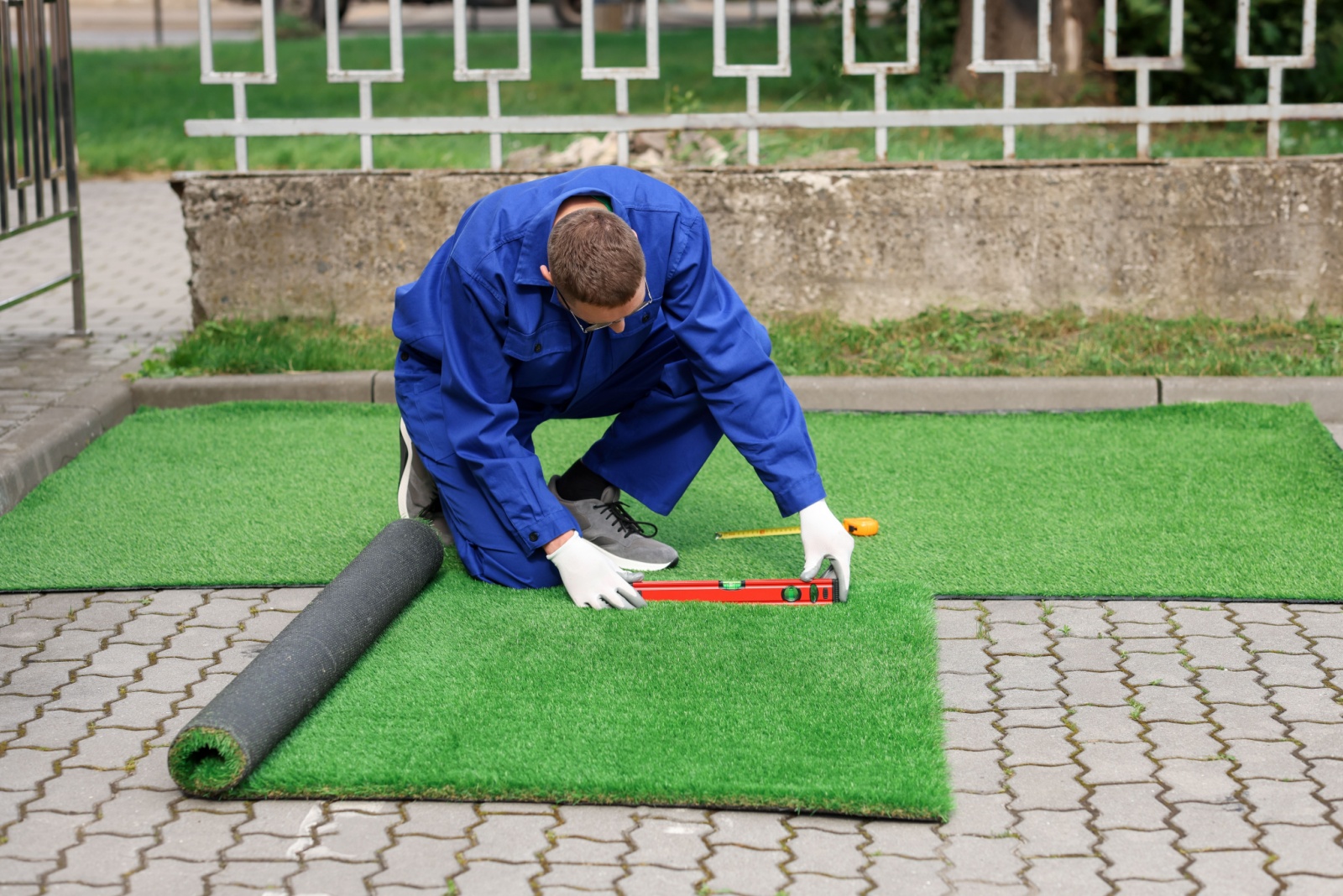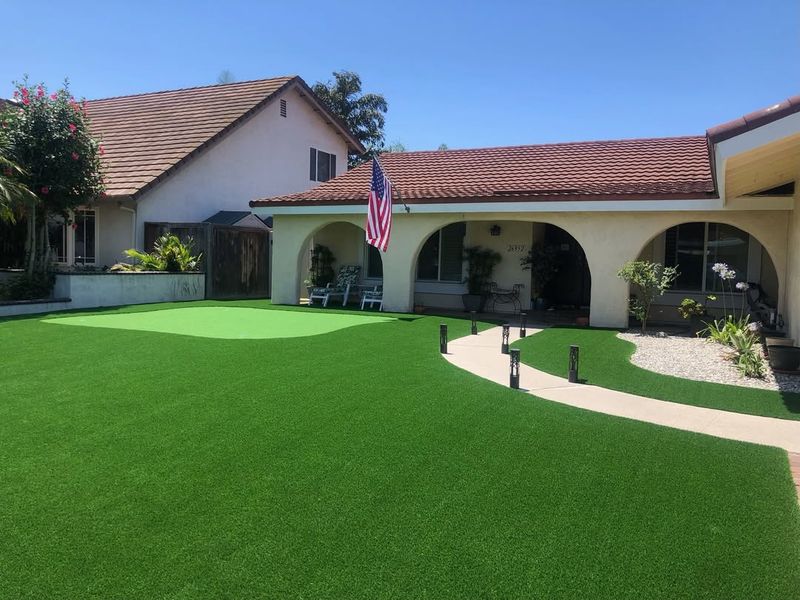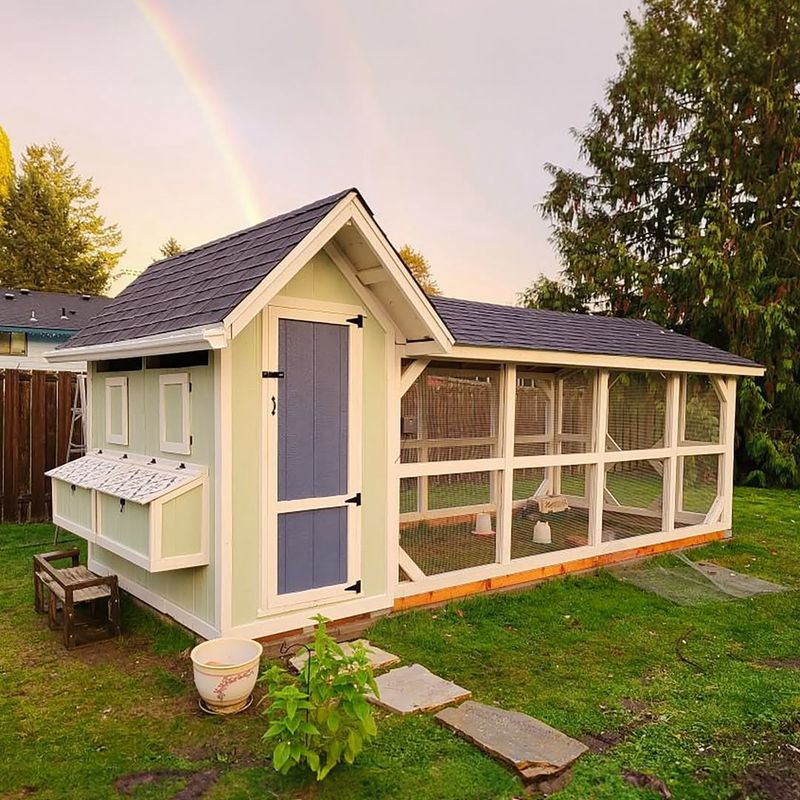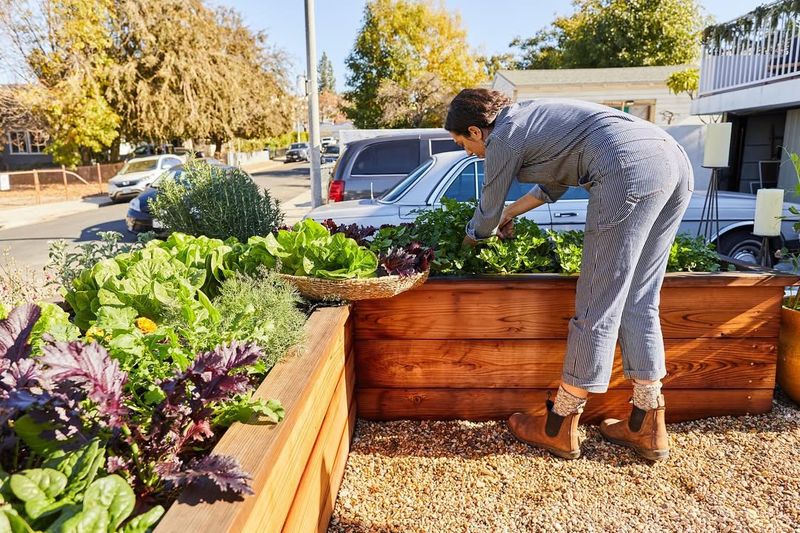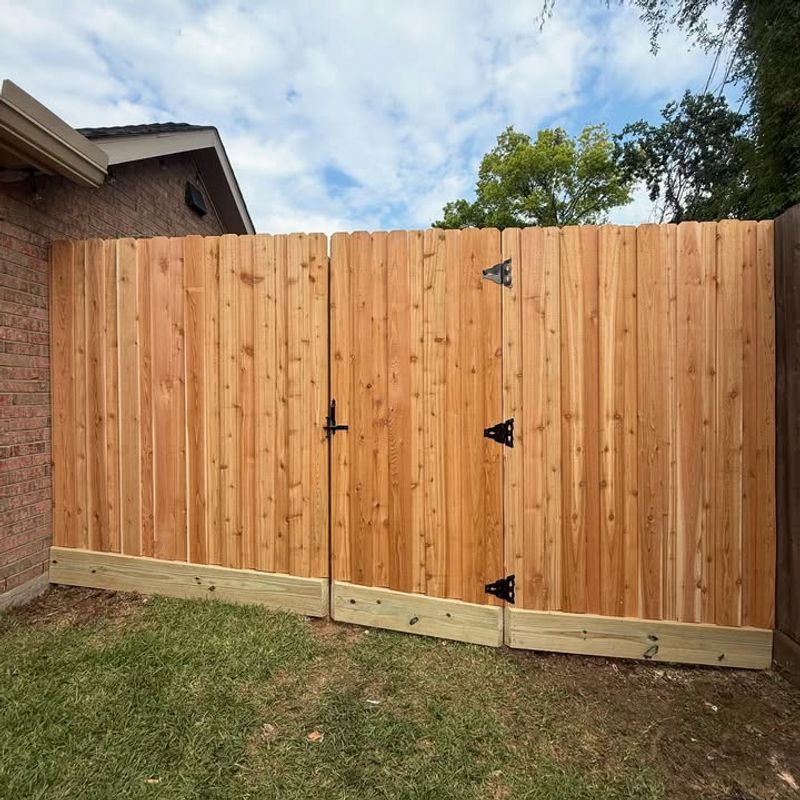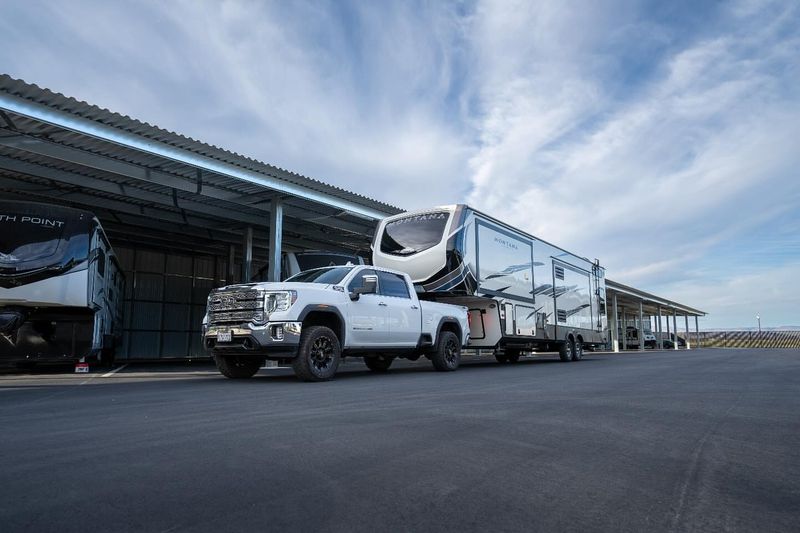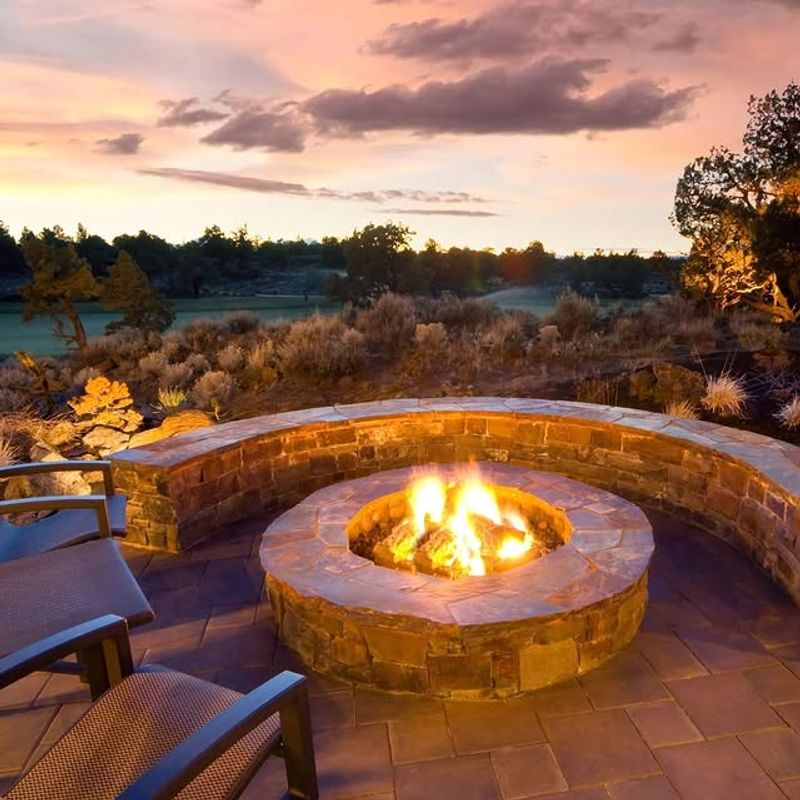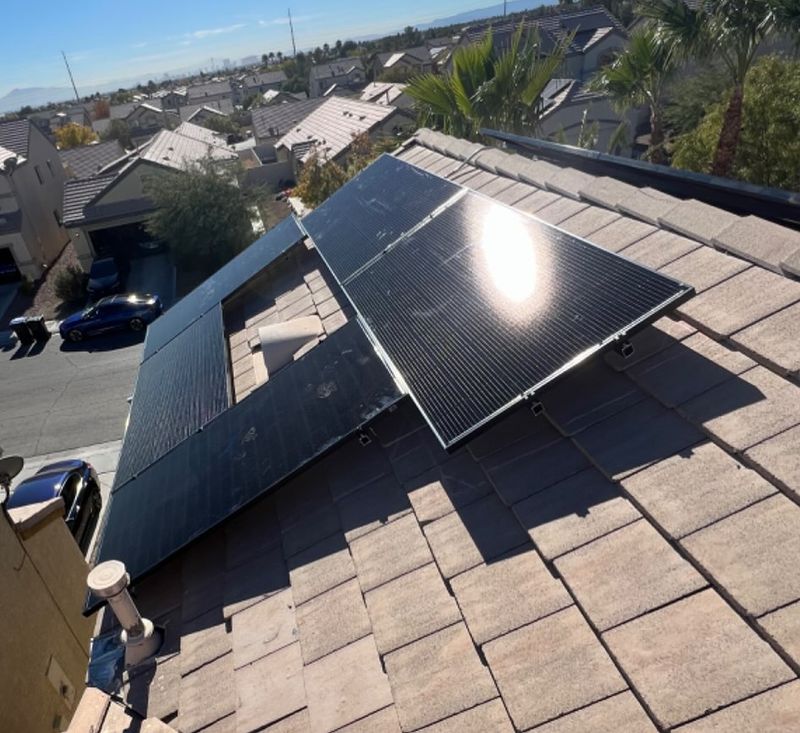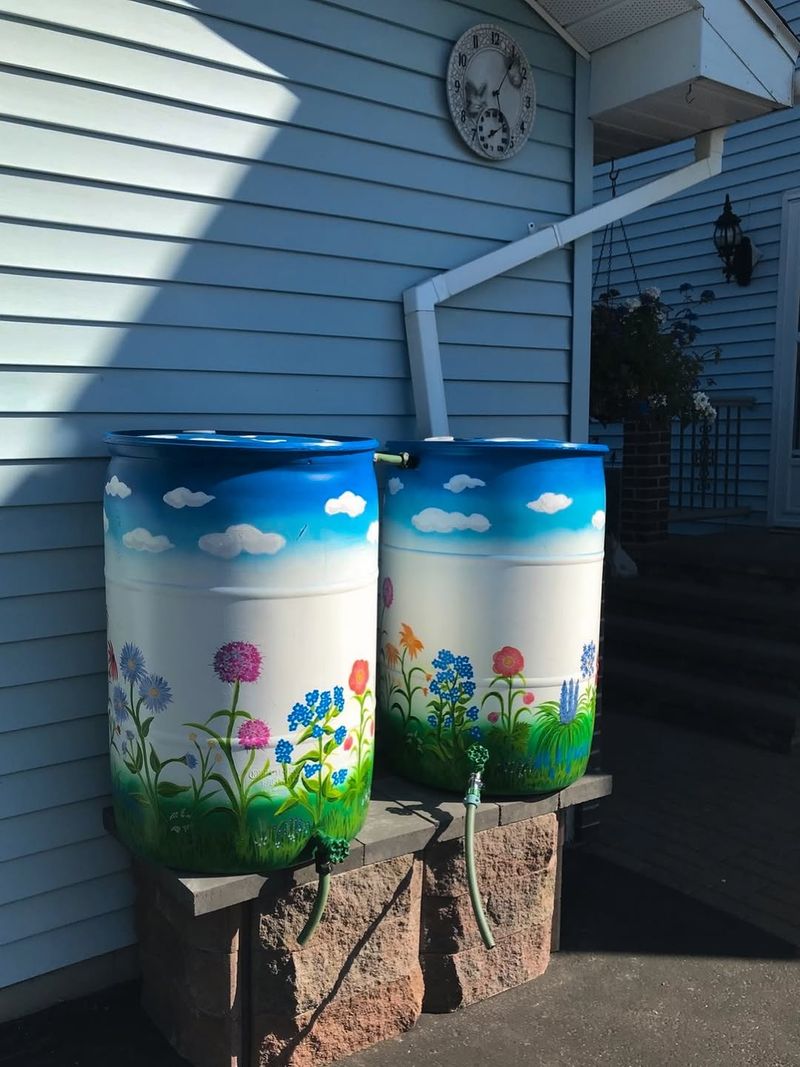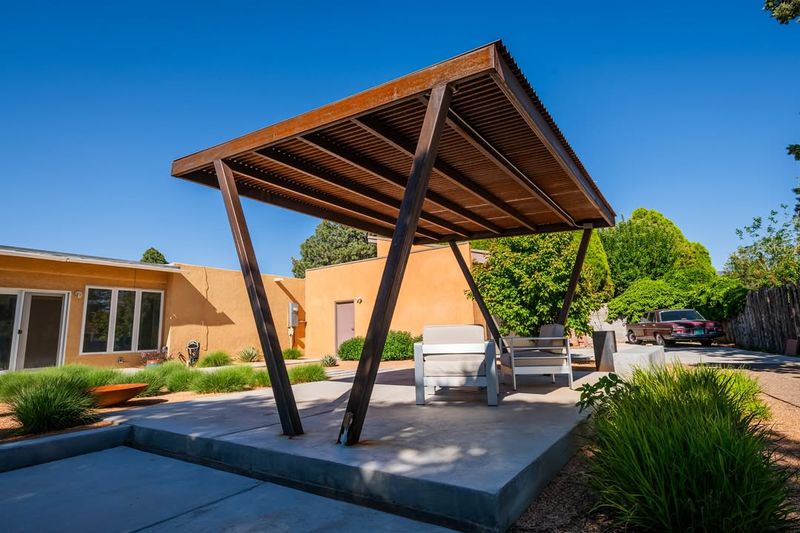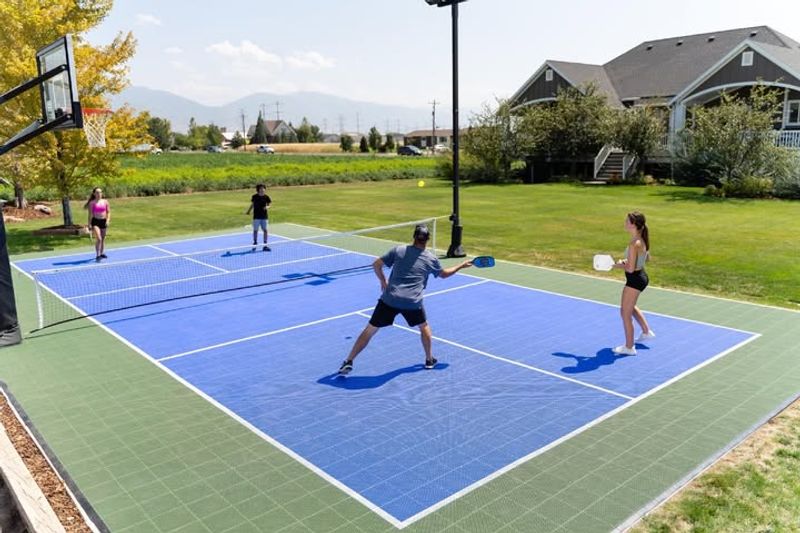Arizona neighborhoods are tightening rules on landscaping features that drain water, attract pests, or disrupt native habitats. Items that once seemed harmless now face scrutiny as cities push for safer, more sustainable outdoor spaces.
Homeowners who stay ahead of these changes avoid fines, complaints, and costly removals. Several once-common yard features could soon fall out of compliance across Arizona.
1. Artificial Turf Lawns
Synthetic grass seemed like the perfect solution for Arizona’s water-saving needs. Many neighborhoods installed fake lawns to avoid constant watering and maintenance costs.
However, some HOAs now worry about heat retention and environmental concerns. The plastic materials can make yards significantly hotter during summer months.
Communities are reconsidering whether artificial turf truly helps the environment. New rules might require natural landscaping or desert-friendly plants instead of synthetic alternatives.
2. Backyard Chicken Coops
Raising chickens at home became incredibly popular for fresh eggs and sustainable living. Families enjoyed teaching kids about responsibility while reducing grocery bills.
Noise complaints and sanitation issues have caused problems in densely populated areas. Neighbors sometimes object to early morning rooster calls and unpleasant odors.
Many HOAs are creating stricter guidelines about backyard livestock. Some communities might ban chickens entirely to maintain peace and property values throughout the neighborhood.
3. Front Yard Vegetable Gardens
Growing tomatoes and lettuce where grass once lived makes practical sense in Arizona. Front yards get excellent sunlight and provide easy access for daily watering and harvesting.
Neighborhood associations often prefer traditional ornamental landscaping for curb appeal. They believe vegetable gardens look messy and decrease surrounding home values.
Rules requiring decorative plants instead of edible ones are becoming more common. Check your HOA guidelines before transforming your front lawn into a productive garden space.
4. Gravel Rock Yards
Covering entire yards with decorative rocks became the go-to desert landscaping choice. Homeowners appreciated the low maintenance and water conservation benefits this approach offered.
Environmental experts now question whether gravel yards truly benefit local ecosystems. These barren landscapes provide no habitat for native wildlife or beneficial insects.
Some Arizona cities are encouraging living plants over rock-only designs. Future regulations might require a minimum percentage of vegetation to support biodiversity and reduce heat islands.
5. Tall Privacy Fences
Building high fences gives families much-needed privacy in crowded subdivisions. Tall barriers block unsightly views and create peaceful outdoor retreats for relaxation.
Height restrictions are tightening as neighborhoods prioritize open, friendly atmospheres. Cities worry that excessive fencing makes communities feel closed-off and unwelcoming to visitors.
Maximum fence heights of six feet or less are becoming standard requirements. Existing tall fences might need modification to comply with updated zoning codes and HOA regulations.
6. RV and Boat Storage
Parking recreational vehicles at home saves expensive storage facility fees. Many Arizona families own RVs and boats for weekend adventures exploring nearby lakes and deserts.
Visible street parking of large vehicles has become a hot-button neighborhood issue. Communities complain these oversized items create visual clutter and obstruct traffic sightlines.
Increasingly strict parking rules require vehicles hidden behind gates or off-property storage. Some HOAs now prohibit any RV or boat parking visible from public streets or neighboring homes.
7. Outdoor Fire Pits
Gathering around backyard fire pits creates wonderful memories on cool desert evenings. Families roast marshmallows and enjoy the cozy ambiance these features provide year-round.
Fire safety concerns have intensified due to Arizona’s wildfire risks and dry conditions. Even small backyard fires can spread quickly during particularly windy or drought-affected periods.
Air quality regulations are also influencing fire pit restrictions in urban areas. Some neighborhoods now prohibit wood-burning features entirely, allowing only gas-powered alternatives with proper permits.
8. Solar Panel Installations
Harnessing Arizona’s abundant sunshine through solar panels reduces electricity bills dramatically. Environmentally conscious homeowners embrace renewable energy to decrease their carbon footprint and utility costs.
Despite environmental benefits, some HOAs restrict solar installations for aesthetic reasons. They argue that panels disrupt the uniform appearance communities work hard to maintain.
State laws now protect solar rights, but loopholes still exist in regulations. Neighborhoods continue finding creative ways to limit panel visibility, size, and placement on residential properties.
9. Clotheslines For Drying Laundry
Air-drying clothes on outdoor lines saves energy and gives laundry that fresh sunshine smell. This old-fashioned practice has made a comeback among environmentally minded Arizona residents.
Many HOAs consider visible clotheslines unsightly and reminiscent of lower-income neighborhoods. They believe hanging laundry decreases curb appeal and negatively impacts property values.
Right-to-dry laws exist in some states, but Arizona enforcement remains inconsistent. Check community guidelines before installing clotheslines, as many developments still prohibit them outright.
10. Rainwater Harvesting Barrels
Collecting rainwater in large barrels helps Arizona homeowners maximize every precious drop. These conservation systems reduce water bills while supporting sustainable living practices during monsoon season.
Unsightly storage containers have drawn complaints from appearance-focused neighborhood associations. Large barrels visible from streets clash with carefully maintained landscape aesthetics that communities prefer.
Some HOAs now require concealed or decorative rain barrels matching home colors. Others ban collection systems entirely despite Arizona’s ongoing water scarcity and conservation needs.
11. Native Desert Landscaping
Planting native cacti, wildflowers, and desert shrubs perfectly suits Arizona’s climate. These water-wise choices require minimal maintenance while supporting local wildlife and pollinators beautifully.
Surprisingly, some older HOAs still mandate traditional green lawns over native plants. They consider desert landscaping too wild-looking or incomplete compared to conventional suburban yard expectations.
Attitudes are slowly changing as water conservation becomes critical statewide. However, outdated community rules might still penalize homeowners choosing environmentally appropriate native plant gardens.
12. Outdoor Shade Structures
Pergolas, ramadas, and shade sails make Arizona backyards usable during scorching summer months. Without overhead protection, outdoor spaces become unbearably hot and practically unusable for families.
Size and placement restrictions for shade structures are tightening across many communities. HOAs worry about structures blocking neighbors’ views or creating permanent installations without proper architectural approval.
Permit requirements and design guidelines now govern most outdoor shade additions. What once required simple installation now involves applications, fees, and potential rejection from review committees.
13. Sports Courts And Play Equipment
Basketball hoops, trampolines, and play structures keep kids active and entertained at home. Arizona families invest in backyard recreation to encourage outdoor play in their private spaces.
Noise complaints from bouncing balls and playing children have sparked neighborhood disputes. Permanent sports courts also raise concerns about property line encroachment and visual impact.
New restrictions limit placement, size, and hours of use for recreational equipment. Some communities now prohibit portable basketball hoops on driveways or require complete removal when not in use.

